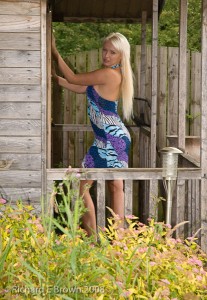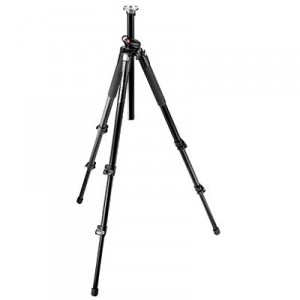No work today, but I did want to do some experimentation with Synchro Daylight. An old term but basically its when you mix flash and daylight together. Most people have heard it described as fill in flash, it can also be used with great affect when the flash is the primary source and the sun as the fill-in.
Its something I have used in the past to great affect, and modern hot-shoe electronic flashguns to make it very easy. But I wanted to have a play around with manual, and trying out the balance flash functionality in my light meter.

I bought the L-758 for its spot meter feature when shooting medium and large format. But it also has some advance flash features and can show the balance of daylight to flash.
So equipped with a Nikon D200, a Nikkor 24-70mm f/2.8 and a SB-800 flashgun I ventured outdoors with my flash meter and volunteer model for the day, my very patient wife Caroline.
First a simple portrait with daylight, manual mode. Easy. Then the flash set to manual at relatively low power. The light-meter held by my wife under her chin with the de-fusion dome pointing at the flash gun.
After several attempts and varying the flash power, the meter was only reading the flash component.
I had to commit the ultimate male sin, find the manual and give it a quick read. Unlike previous meter’s I had set it to the Flash-C, but this actually meant Flash with a cord, not Flash and Continuous light. The mode that had just the Flash symbol turned out to measure both flash and continuous light.
With the light meter now in the correct mode we tried again, varying the exposure and flash output and reading the balance of daylight to flash from the meter and comparing that to the results seeing what we liked.
It certainly makes judging your exposure when mixing flash and daylight easier and I hope to put it into good practice with a summer beach photo shoot I intend planning. I just need to find a location, a suitable model and a bit of good weather.
Heres looking forward to summer.
 Daylight and Fill in Flash – Model in the summer house
Daylight and Fill in Flash – Model in the summer house

 I was asked today for some advice about tripods. This is an area where many amateur photographers go wrong.
I was asked today for some advice about tripods. This is an area where many amateur photographers go wrong.